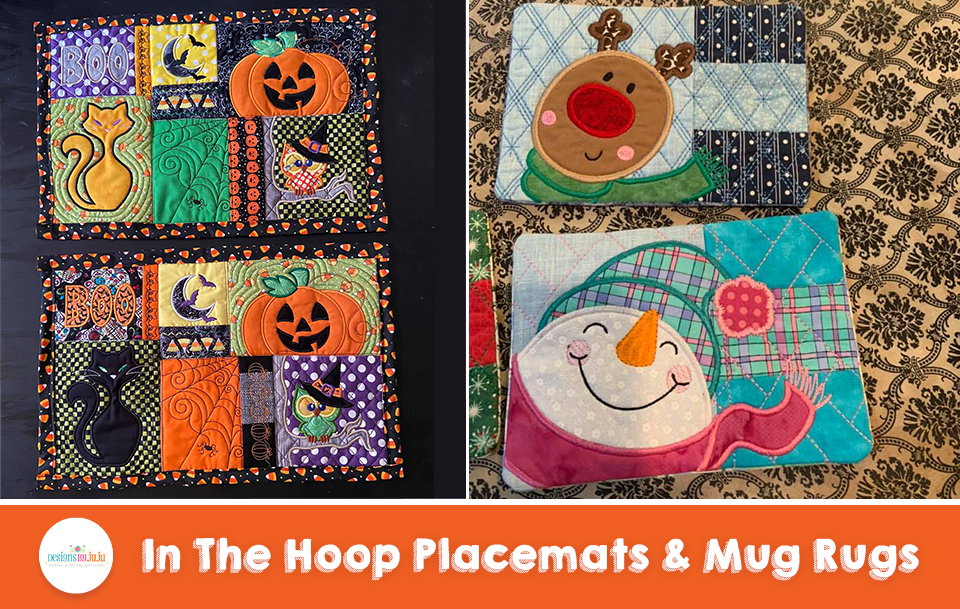Express Yourself on Every Page: Notebook Art for Personalized Stationery
Wiki Article
Infuse Your Home Snappy: Discover the Magic of Padding Art
In the realm of interior decoration, the often-overlooked aspect of padding art holds the power to transform a room from ordinary to fascinating. Cushions not only offer comfort however additionally serve as flexible pieces of decoration that can inject character and design right into any kind of area. From strong prints to complex needleworks, the realm of padding art is huge and differed, using unlimited opportunities for elevating your home's visual. As we check out the subtleties of incorporating cushion art into your living spaces, you will certainly reveal the magic that these relatively basic devices can give your decor system (notebook art).Benefits of Integrating Cushion Art

Additionally, cushion art gives a chance to introduce a pop of color or a touch of texture to your decoration, adding to a well-coordinated and natural layout plan. By tactically positioning pillows with artful layouts on sofas, chairs, or beds, you can produce an unified visual circulation and loop numerous aspects within the room.
Not just do decorative cushions boost the aesthetic allure of an area, yet they likewise provide practical advantages - mug art. The gentleness and support provided by padding art can significantly improve the convenience level of seating locations, making them welcoming and comfortable areas for leisure or mingling
Choosing the Right Designs
To maximize the aesthetic and convenience advantages of cushion art in your home, picking the best layouts is crucial for attaining a natural and aesthetically appealing design plan. When picking cushion designs, think about the existing color scheme and design of your space to ensure a harmonious appearance. Go with patterns and colors that complement or comparison with your furniture and wall shades to create visual rate of interest.In addition, think of the mood you wish to evoke in the area. For a comfy and welcoming feel, think about deluxe appearances like velour or fake hair in cozy tones. , if aiming for a more modern and sleek streamlined, bold colors and streamlined patterns can add a contemporary touch to shades decorVibrant)))))
Keep in mind to blend and match various designs to include deepness and dimension to your seating area. Play with varying shapes, appearances, and dimensions to produce a dynamic and aesthetically boosting setup. By meticulously choosing cushion layouts that resonate with your design and area, you can elevate your home decoration and infuse it with individuality and panache.
Mixing and Matching Patterns
When mixing and matching patterns in padding art, it is crucial to think about the scale and design of each style to develop a natural and visually appealing setup. These secondary patterns can differ in scale but must share similar shades or motifs with the leading pattern.To include depth and rate of interest to your padding plan, consider integrating a 3rd pattern that differs in scale from the first 2. This pattern can serve as a port, linking together the different layouts in a natural means. Keep in mind to vary the sizes of pillows with various patterns to create visual equilibrium. By following these guidelines and trusting your eye for what looks good together, you can grasp the art of blending and matching patterns in padding style.

Styling Tips for Various Areas
Taking into consideration the varied aesthetic appeals of numerous areas, applying the principles of blending and matching patterns in padding art can elevate the designing of each room with a touch of uniqueness and charm. In eating locations, choose paddings that are both useful and fashionable, as these rooms often call for simple upkeep. By tailoring padding art to the specific needs and setting of each space, you can easily instill your home with style and character.Do It Yourself Cushion Art Ideas
Discovering innovative methods to develop customized cushion art at home can include a unique and imaginative touch to your living room. One more imaginative Do it yourself choice is to make your very own fabric appliques by reducing out shapes or patterns from different textiles and sewing or gluing them onto the pillow covers. Welcome your imagination and give your home an one-of-a-kind panache with these DIY pillow art ideas.Conclusion
To conclude, including pillow art into your home style can boost the design and setting of your space. By choosing the best layouts, mixing and why not find out more matching patterns, and following designing suggestions for various areas, you can produce a aesthetically attractive and natural look. In addition, discovering DIY cushion art ideas permits personalization and creative thinking in your home design. Instilling your home with padding art can absolutely change and boost the total visual of your living space (Lion Cushions).Whether you decide for bold, eye-catching patterns or refined, stylish themes, padding art can easily boost the general atmosphere of a room.
When blending and matching patterns in padding art, it is important to consider the range and style of each style to develop a natural and aesthetically attractive setup. Remember to differ the sizes of paddings with different patterns to create visual balance. By following these standards and trusting your eye for what looks good with each other, you can master the art of mixing and matching patterns in cushion decoration.
Taking into consideration the varied aesthetic appeals of various areas, applying the principles of blending and matching patterns in pillow art can boost the styling of each space with a touch of originality and charm. Report this wiki page